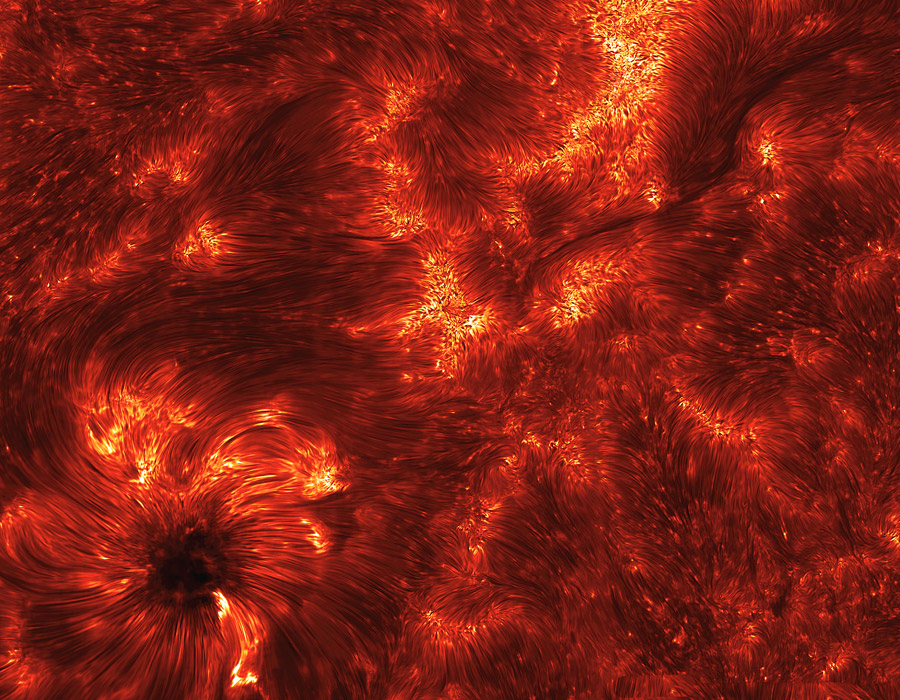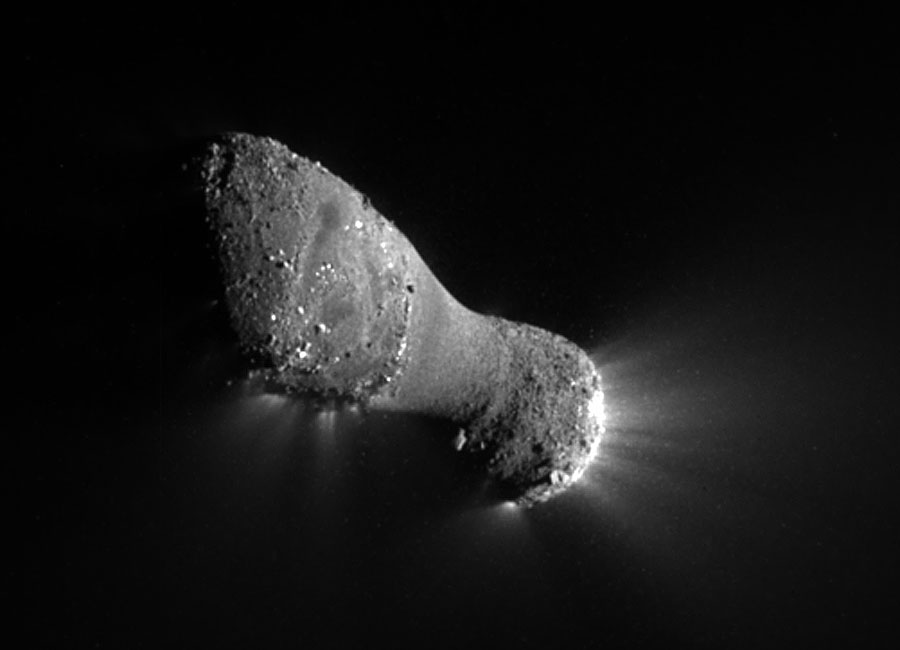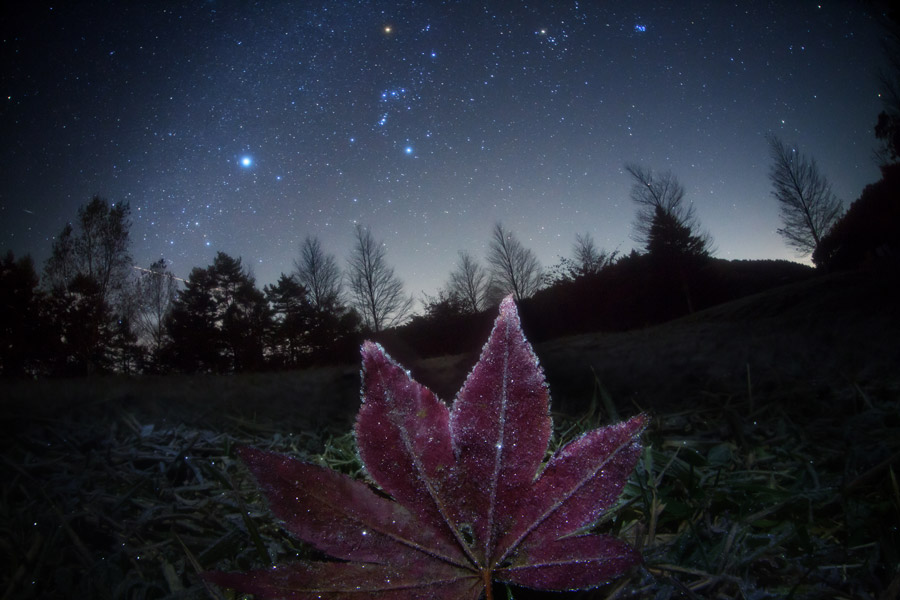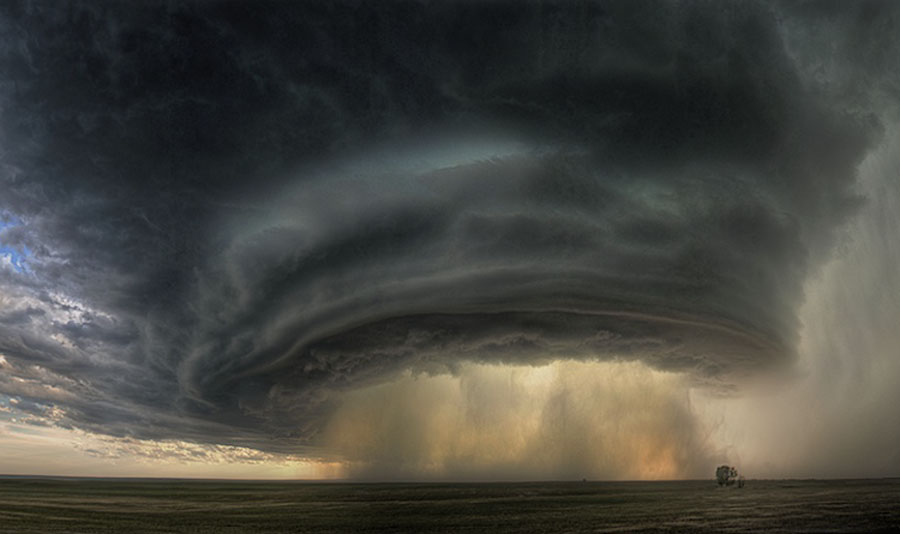________________________________________________________________
Please vote for the two best APODs (image and text) for November.
All titles are clickable and link to the original APOD page.
We ask for your help in choosing an APOM, as this helps Jerry and Robert create "year in APOD images" review lectures and a free PDF calendar at year's end, and provides feedback on which images and APODs were relatively well received.
Thank you!
________________________________________________________________
<- Previous month's poll
On Reunion Island, it is known simply as "The Volcano." To others, it is known as the Piton de la Fournaise, which is French for the Peak of the Furnace. It is one of the most active volcanoes in the world. The Volcano started a new eruption last month by spewing hot lava bombs as high as 10 meters into the air from several vents. Pictured above, the recent eruption was caught before a star filled southern sky, appearing somehow contained beneath the arching band of our Milky Way Galaxy. Also visible in the background sky is the Pleiades open star cluster, the constellation of Orion, the brightest star Sirius, and the neighboring Large and Small Magellanic Cloud galaxies. (Can you find them?) The Piton de la Fournaise erupted for months in 2006, and for days in 2007, 2008, and in January of 2010. Nobody knows how long the current eruption will last, or when The Volcano will erupt next.
Imagine a pipe as wide as a state and as long as the Earth. Now imagine that this pipe is filled with hot gas moving 50,000 kilometers per hour. Further imagine that this pipe is not made of metal but a transparent magnetic field. You are envisioning just one of thousands of young spicules on the active Sun. Pictured above is one of the highest resolution image yet of these enigmatic solar flux tubes. Spicules line the above frame of solar active region 11092 that crossed the Sun last month, but are particularly evident converging on the sunspot on the lower left. Time-sequenced images have recently shown that spicules last about five minutes, starting out as tall tubes of rapidly rising gas but eventually fading as the gas peaks and falls back down to the Sun. What determines the creation and dynamics of spicules remains a topic of active research.
What kind of comet is this? Last week, NASA's robotic EPOXI spacecraft whizzed past Comet 103P/Hartley, also known as Comet Hartley 2, and recorded images and data that are both strange and fascinating. EPOXI was near its closest approach -- about 700 kilometers away -- when it snapped the above picture. As expected, the comet has indeed shown itself to be a tumbling iceberg orbiting the Sun between Earth and Jupiter. However, unexpected features on the images have raised many questions. For example, where are all the craters? Why is there a large smooth area around the middle? How much of Comet Hartley 2 is a loose pile of dust and ice shards? Future analyses and comparisons to other comet nuclei may answer some of these questions and, hopefully, lead to a better general understanding of comets, meteors, and the early Solar System.
There's no place like home. Peering out of the windows of the International Space Station (ISS), astronaut Tracy Caldwell Dyson takes in the planet on which we were all born, and to which she would soon return. About 350 kilometers up, the ISS is high enough so that the Earth's horizon appears clearly curved. Astronaut Dyson's windows show some of Earth's complex clouds, in white, and life giving atmosphere and oceans, in blue. The space station orbits the Earth about once every 90 minutes. It is not difficult for people living below to look back toward the ISS. The ISS can frequently be seen as a bright point of light drifting overhead just after sunset. Telescopes can even resolve the overall structure of the space station. The above image was taken in late September from the ISS's Cupola window bay. Dr. Dyson is a lead vocalist in the band Max Q.
Sometimes, you can put some night sky in your art. Captured above Japan earlier this month, a picturesque night sky was photographed behind a picturesque frosted leaf. The reflecting ice crystals on the leaf coolly mimic the shining stars far in the background. The particular background sky on this 48-second wide angle exposure, however, might appear quite interesting and familiar. On the far left, although hard to find, appears a streaking meteor. Below and to the right of the meteor appears a longer and brighter streak of an airplane. The bright star on the left is the dog-star Sirius, the brightest star on the night sky. To Sirius' right appears the constellation of Orion, including the three linear belt stars below the red giant Betelgeuse. The bright patch of light further to the right is the Pleiades open star cluster. Similar views including the constellation Orion can be seen above much of the northern hemisphere for the next several months, although you might have to provide your own leaf.
Have you ever seen an aurora? Auroras are occurring again with increasing frequency. With the Sun being unusually dormant over the past three years, the amount of Sun-induced auroras has also been unusually low. More recently, however, our Sun has become increasingly active and exhibiting a greater abundance of sunspots, flares, and coronal mass ejections. Solar activity like this typically expels charged particles into the Solar System, some of which may trigger Earthly auroras. As this year unfolded, the above timelapse displays of picturesque auroras were captured above Tromsø, Norway. Curtains of auroral light, usually green, flow, shimmer and dance as energetic particles fall toward the Earth and ionize air molecules high up in the Earth's atmosphere. With solar maximum still in the future, there may be opportunities to see spectacular aurora personally over the next three years.
Is that a spaceship or a cloud? Although it may seem like an alien mothership, it's actually a impressive thunderstorm cloud called a supercell. Such colossal storm systems center on mesocyclones -- rotating updrafts that can span several kilometers and deliver torrential rain and high winds including tornadoes. Jagged sculptured clouds adorn the supercell's edge, while wind swept dust and rain dominate the center. A tree waits patiently in the foreground. The above supercell cloud was photographed in July west of Glasgow, Montana, USA, caused minor damage, and lasted several hours before moving on.
<- Previous month's poll
Poll: Astronomy Picture of the Month for November 2010
Poll: Astronomy Picture of the Month for November 2010
A closed mouth gathers no foot.
-
Anonyms
Re: Poll: Astronomy Picture of the Month for November 2010
Just wondering... is this a new feature? Love it.
Re: Poll: Astronomy Picture of the Month for November 2010
Anonyms, these polls started earlier this year. You can use the "<- Previous month's poll" link above the first image to see the previous polls. There are also polls for each week's APODs, results of which determine what images go into the APOM polls.
And welcome to Asterisk!
And welcome to Asterisk!
A closed mouth gathers no foot.
-
Alcona
Re: Poll: Astronomy Picture of the Month for November 2010
Althought the storm cell is a magnificent picture, it isn't astronomical or caused by the cosmos. I don't believe it should be included in any Astronomy vote but would likely be the winner in any Weather vote!!!
-
ruprecht147
- Ensign
- Posts: 16
- Joined: Tue Jun 29, 2010 8:12 pm
Re: Poll: Astronomy Picture of the Month for November 2010
Latey I've noticed an APOD trend away from "space photos" toward "Earth atmosphere photos," such as the recent series of meteor shower images and the current selection of November favorites, in which "Earth atmosphere" holds a slim majority. (Is there really a trend, or is it just my perception?)
Anyhow, I have to agree with Alcona that the Supercell image isn't exactly astronomical, but on the other hand, I love it.
I think these gorgeous "atmospheric" images -- the auroras, the view of Orion over the frosty leaf, and so on -- do have something to teach us about the cosmos, because similar forms tend to repeat across levels of scale and over astronomical distances. The Hubble and other big telescopes have shown us that the shapes of starforming clouds, supernova remnants, and spiral galaxies may be reflected in the phenomena of our own planetary atmosphere.
So I would say that there IS some kind of cosmic connection in a good weather photo. That Supercell Storm actually makes me think of a black hole . . . .
(Then again, I could live without the meteor trails!)
Anyhow, I have to agree with Alcona that the Supercell image isn't exactly astronomical, but on the other hand, I love it.
I think these gorgeous "atmospheric" images -- the auroras, the view of Orion over the frosty leaf, and so on -- do have something to teach us about the cosmos, because similar forms tend to repeat across levels of scale and over astronomical distances. The Hubble and other big telescopes have shown us that the shapes of starforming clouds, supernova remnants, and spiral galaxies may be reflected in the phenomena of our own planetary atmosphere.
So I would say that there IS some kind of cosmic connection in a good weather photo. That Supercell Storm actually makes me think of a black hole . . . .
(Then again, I could live without the meteor trails!)
Re: Poll: Astronomy Picture of the Month for November 2010
Understanding storm systems on Earth helps us understand storm systems elsewhere. The editors clearly use a broad interpretation of astronomy for APOD when selecting images. As the storm cell image was an APOD and was voted the best image of the week it appeared, it is included in the poll.
And yes, it's a magnificent picture! I think all of the images are strong in their own ways; I tend to vote for those APODs from which I learned the most.
ruprecht, images of Earth tend overall to do well in polling. I think they offer an immediacy and familiarity that is easier to connect to our own experiences, and that may be why they are popular with APOD viewers.
And yes, it's a magnificent picture! I think all of the images are strong in their own ways; I tend to vote for those APODs from which I learned the most.
ruprecht, images of Earth tend overall to do well in polling. I think they offer an immediacy and familiarity that is easier to connect to our own experiences, and that may be why they are popular with APOD viewers.
A closed mouth gathers no foot.





